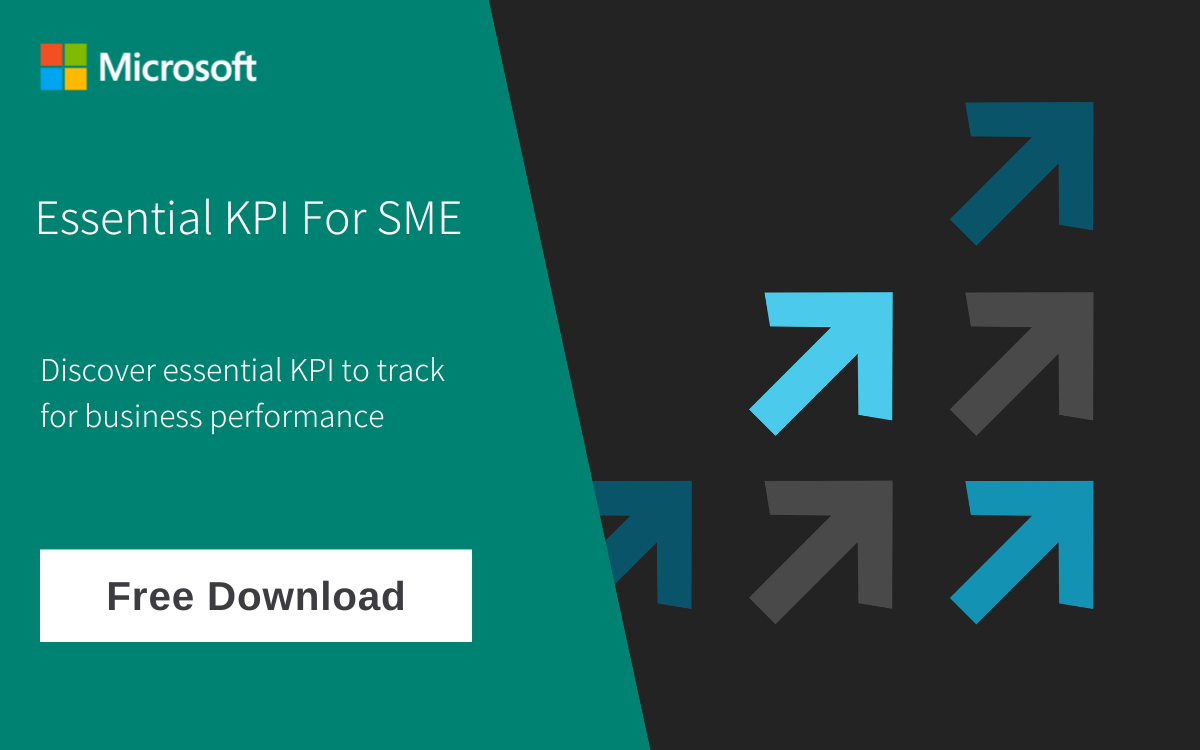2. Involving the Right Stakeholders And Team Members
Ensuring that the right stakeholders – executives, department heads, and key personnel included – are involved in the internal QBR is key to its success, for they are the ones who will be responsible for executing your revised objectives.
This means getting buy-in from every level of the workforce in your business across the board, from core leadership and executives, to middle management, all the way down to your operational-level employees.
It might be a good idea to get all your key stakeholders together to discuss the findings of the QBR, and come to a consensus as to how they would work together to put the business back on track when it comes to achieving the established KPIs. To avoid groupthink, consider managing the discussion with change management techniques such as the Six Thinking Hats.
It also ensures that everyone is aligned with the findings of the QBR, and secures their buy-in as well. Having them all present in the meeting also facilitates open communication, and encourages collaboration across their teams and departments.
3. Implementing Actionable Strategies And Follow-up Plans
After the internal QBR has been carried out, it's crucial to review the key takeaways and recommendations from the meeting and identify specific actions that need to be taken. These must be prioritised based on their impact, urgency, and alignment with the business's strategic objectives.
Then, each action item should be broken down into smaller, manageable tasks. These should then be assigned as the specific responsibilities of individual employees, teams, or departments. Make sure to clearly communicate their roles, and the expected outcomes accordingly.
Establish realistic deadlines for each action item and task, and define intermediate milestones to track progress and ensure that the progress of each task remain on schedule.
Require regular updates from responsible individuals or teams to maintain visibility and accountability. You can schedule regular follow-up meetings to review the progress of each action item, address any obstacles or delays, and adjust as necessary.
Finally, acknowledge the completion of action items and achievement of milestones when they occur, and recognise the efforts of the individuals and teams responsible, to help maintain motivation and accountability across the board.How An ERP Software Complements The Internal QBR Process
%20Business%20Central%20Infographic%20-%20Realizing%20results%20with%20Microsoft%20Dynamics%20365%20(1)%20(1).jpg?width=1000&height=1294&name=(1%20PAGER)%20Business%20Central%20Infographic%20-%20Realizing%20results%20with%20Microsoft%20Dynamics%20365%20(1)%20(1).jpg) How an ERP like Microsoft Dynamics 365 Business Central can integrate your business processes and operations for better review, analysis and insight; Source: Microsoft
How an ERP like Microsoft Dynamics 365 Business Central can integrate your business processes and operations for better review, analysis and insight; Source: Microsoft
An ERP software can significantly aid in conducting an internal QBR by providing comprehensive data management, analysis, and reporting capabilities. Here's how:
1. Consolidation Of Data From Across The Business
ERP software is designed to consolidate data from various departments and processes across a business, which ensures a comprehensive and holistic view of its overall performance.
This single source of truth is exactly what is needed to serve as a foundation for an internal QBR, as it enables the thorough data analysis that generates the insights to be presented in the meeting in the first place.
2. Availability Of Real-time Insights
ERP software is designed to offer real-time or near real-time updates, which means that the data used in the internal QBR will be up-to-date.
By extension, all key stakeholders participating in the meeting will also be assured that the insights presented will reflect the current reality of the business, assuring them that any decisions made during the meeting will be made on the latest information.
3. Customised Reporting And Dashboards
ERP software come equipped with reports and dashboards that can be customised to the specific metrics and KPIs that are relevant to the agenda of the internal QBR meeting.
This helps participating key stakeholders to easily identify trends, opportunities and areas of improvement, and thus buy-in to the responsibilities required to support the decisions made during the meeting.
4. Automation Of Data Analysis And Report Generation
ERP software is designed to automate repetitive, but necessary tasks and processes such as data collection, analysis, and report generation. This saves time and reduces the risk of human errors when preparing for an internal QBR.
With the time and effort saved, your key stakeholders can focus more time and effort on understanding the insights derived from the data and making decisions accordingly, making the QBR process more efficient.
5. Forecasting and Planning
Some ERP software come equipped with forecasting and planning modules, such as NetSuite Planning and Budgeting, that help businesses predict future performance based on historical data and market trends.
During internal QBRs, these capabilities enable stakeholders to set realistic goals, allocate resources effectively, and devise actionable strategies for future quarters.
Internal QBRs Helps SMEs Adapt To Changing Business Conditions
An internal QBR can play a crucial role in helping SMEs navigate ever-evolving business conditions, and come out on top. By reviewing current performance levels against established metrics, and identifying both challenges and growth opportunities, businesses can make informed decisions and drive progress.
Conducting effective QBRs involves gathering relevant data, involving key stakeholders, updating objectives, implementing actionable strategies, and documenting outcomes. Using an ERP software can further enhance the QBR process by providing consolidated data, real-time insights, customised reporting, and automation of tasks.
An effective internal QBR would not only show how well your business is achieving the KPIs established at the start of the year, it can also shed light on which KPIs should have been included based on realities on the ground, and thus considered for inclusion in the next annual review.
For some insights on which KPIs might be essential for your business to track in the near future, click on the image below to download the e-Book "Essential KPI for SMEs" from Microsoft.

%20(1)%20(1).jpg?width=1000&height=666&name=shutterstock_1041683392_1920_compressed%20(4)%20(1)%20(1).jpg)




